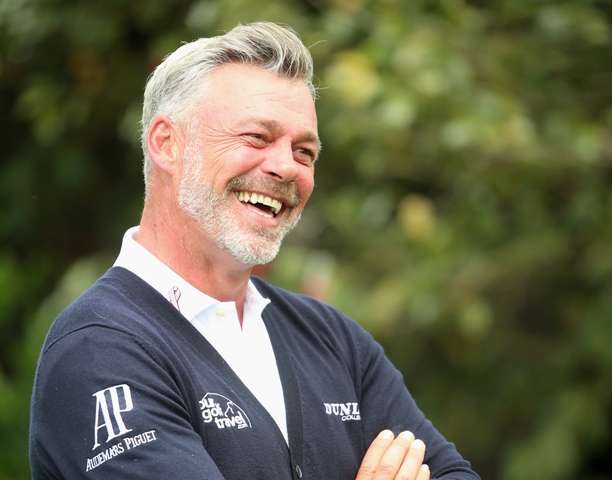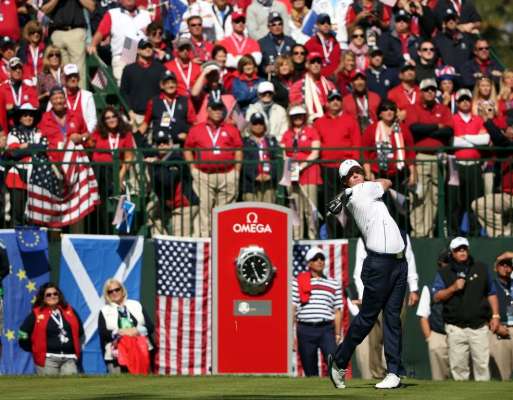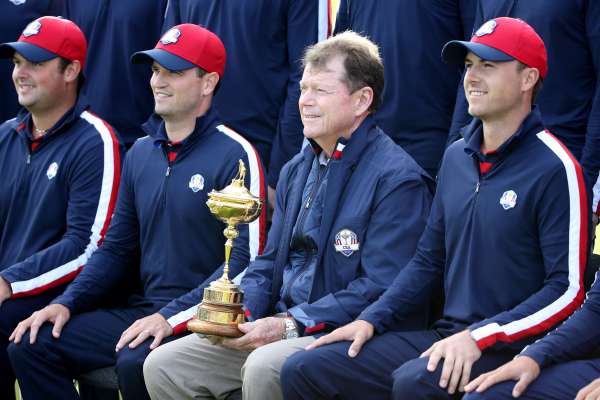Golf news
The delicate art of picking a Ryder Cup team

(Picture by Getty Images)
Bestselling Ryder Cup author Ross Biddiscombe knows that team selection and wild card picks can win or lose before a ball is hit
Twelve good men and true – that’s the make-up of each Ryder Cup team, but it hasn’t always been this way and, not only that, the methods of team selection can win or lose a match before the first tee shot is hit.
This year, the European captain Darren Clarke will have nine of his team selected for him: firstly, the top four men in the European points list (aka money won on Race to Dubai events) between 15 September last year and 28 August this year; then secondly, the top five finishers in the world points list, also compiled over the same period and also only from Race to Dubai tournaments. The last three players will be his own picks.
Confused? Well, don’t be because it’s the same system that Paul McGinley used so successfully in 2014.
The US system is only a little less complicated, but at least there is only one points list. The top eight players on that list on 28 August will be at Hazeltine and Davis Love III then picks three of his own men on 11 September, plus a fourth two weeks later after the the PGA Tour’s own Tour Championship.
Such pernickety picking, you might think, but remember how Billy Horschel and Chris Kirk missed the 2014 team despite having just won FedEx Cup playoff events. The US team was picked before those late-season victories, but Davis is not going to fall for that little trick again – he wants men in form.
The bottom line is that the selection system and the captain’s picks (however many you have and whenever you have them) can win or lose the match.
The original method of picking Ryder Cup teams was by selection committee. There were fewer players to pick from and the very first match involved only nine players including a playing captain, so this system made sense. Both the US and GB teams were picked that way for two decades with the captain, at best, just one voice on the committee. Various performance-based methods were eventually introduced in the 1950s.
Then in 1969, teams of 12 were agreed and, a decade later, came the first captain’s wild card picks, the same moment that Team Europe was created. Des Smyth of Ireland and England’s Peter Oosterhuis were the two selections of captain John Jacobs in 1979.
At first, the US team didn’t believe in the need for wild cards, yet when they started losing, it suddenly seemed like a good idea and their first captain’s picks were Tom Watson and Lanny Wadkins in 1989.
Over the years there’s been various selection innovations – for example, the US PGA champion always used to be given a US team spot – but nowadays captains are usually all-powerful.
This year Davis Love has as many picks as any US captain has ever had, but it’s not always easy to choose big points-getters. In 2012 at Medinah, he also had four picks, but one of them – Steve Stricker – lost all his four matches and was also the man defeated in the key singles match vs Martin Kaymer when Europe secured their 14th point.
That same year, Jose Maria Olazabal chose the most successful wild card ever – Ian Poulter who played four, won four, including, of course, his amazing Saturday night fourball match that turned at least the emotional tide of the whole contest.
So Love has his men-in-form wish that should give him an advantage, but Clarke has a tried-and-tested selection formula that has won before. Looks like it will be another close contest based on this factor alone.
Ross Biddiscombe is writing a monthly column in The Golf Paper from now until October. His book Ryder Cup Revealed: Tales of the Unexpected is available via all major book stores and websites in hardback and eBook formats. For a signed copy, go to www.rydercuprevealed.com Follow Ross on Twitter @Golf_onthe_Edge.
Tagged Darren Clarke, Davis Love III, Ryder Cup








